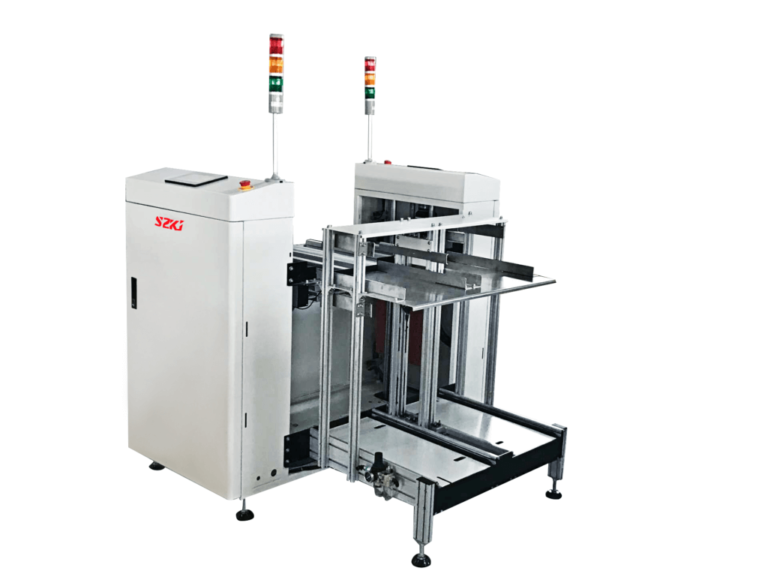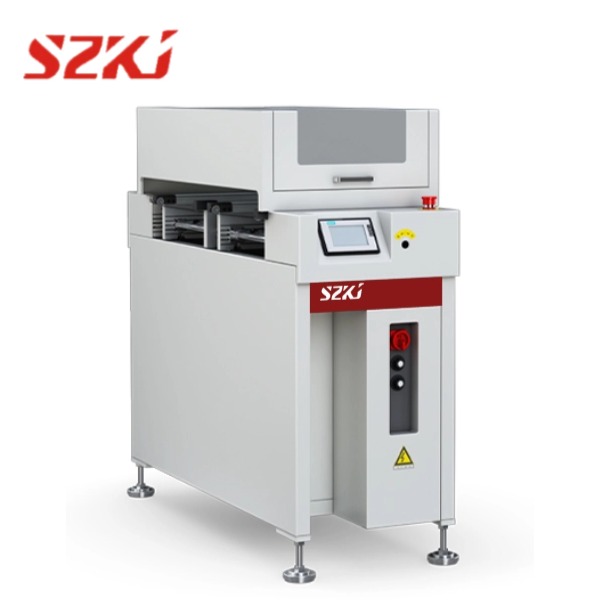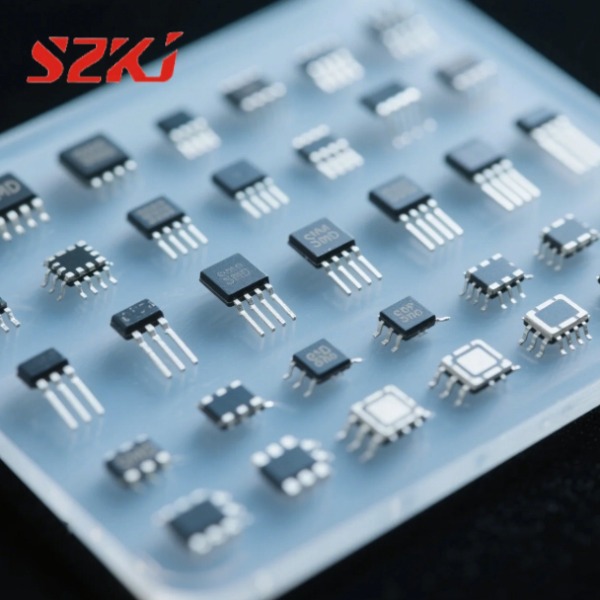Table of Contents
ToggleChoosing between wave soldering and an SMT machine can be challenging for manufacturers looking to optimize their production lines. While both techniques are essential in printed circuit board (PCB) assembly, they serve different purposes and excel in unique scenarios. This guide breaks down their core differences, advantages, and use cases, helping you decide which method aligns best with your manufacturing needs.
Understanding Wave Soldering and SMT Machine Technology
What Is Wave Soldering?
It is a soldering method specifically aimed at fixing through-hole components on PCBs.The process involves passing boards over a wave of molten solder, which coats and connects component leads to the board’s conductive pads.
- Temperature range:Typically 245°C–265°C
- Application focus:Power electronics, automotive systems, and large connectors
- Strength:Provides robust mechanical bonds ideal for components exposed to stress
What Is an SMT Machine?
An SMT machine, short for Surface Mount Technology machine, automates the placement of surface-mounted devices (SMDs) onto PCBs. Components are secured with solder paste and reflowed in an oven for permanent adhesion.
- Placement accuracy:Up to ±0.03mm, essential for micro-scale components
- Production capability:Can handle over 50,000 components per hour on modern lines
- Highlight:Suitable for miniaturized devices such as smartphones, tablets, and IoT technologies
Detailed Comparison: Wave Soldering vs SMT Machine
| Feature | Wave Soldering | SMT Machine |
| Component Type | Through-hole parts (connectors, large capacitors) | Surface-mounted components (resistors, ICs) |
| Board Design | Simpler, less dense layouts | Dense, multi-layer PCB designs |
| Equipment Investment | Moderate (approx. $60,000–$100,000 for a new line) | High (typically $250,000–$500,000 for full setup) |
| Precision | Sufficient for larger components | Superior precision for tiny, complex layouts |
| Speed & Volume | Excellent for medium-high volume simple assemblies | Faster for large-scale, high-complexity production |
| Common Industries | Automotive, power systems, industrial controls | Consumer electronics, medical devices, telecommunications |
This table highlights why many manufacturers employ both systems on hybrid production lines.
Pros and Cons of Wave Soldering and SMT Machines
Advantages of Wave Soldering
- Handles components with long leads and strong mechanical requirements
- Lower learning curve for operators
- Better suited for large connectors and power components
Drawbacks of Wave Soldering
- Limited precision compared to SMT
- Inefficient for dense, multi-layer PCB designs
Advantages of SMT Machines
- High-speed automation with minimal human error
- Supports miniaturized, lightweight designs
- Precise deposition of solder paste leads to less material waste
Drawbacks of SMT Machines
- Significant initial investment
- Requires highly skilled technicians for setup and maintenance
Why Modern PCB Assembly Often Combines Both
In today’s electronics manufacturing, many products feature a hybrid approach. For example, a PCB might use wave soldering for large connectors while relying on an SMT machine for all other surface-mounted parts. Data from IPC (Association Connecting Electronics Industries) shows that nearly 35% of global PCBs in 2024 were produced using both technologies.
Choosing the Right Process for Your Needs
When to Prioritize Wave Soldering
- You’re working with through-hole componentsor power-heavy designs
- Financial constraints demand a lower-cost setup at the start
- Products need robust mechanical support
When to Opt for SMT Machines
- Your design involves compact, high-density layouts
- Production volumes exceed 100,000 units per month
- You’re manufacturing for sectors demanding precision (medical, aerospace)
Final Thoughts
Understanding the distinctions between wave soldering and an SMT machine is crucial for any electronics producer. While SMT dominates in the era of miniaturization, wave soldering remains indispensable for specific applications requiring durable mechanical bonds. The most efficient production lines today don’t choose one over the other—they integrate both for maximum flexibility and performance.





